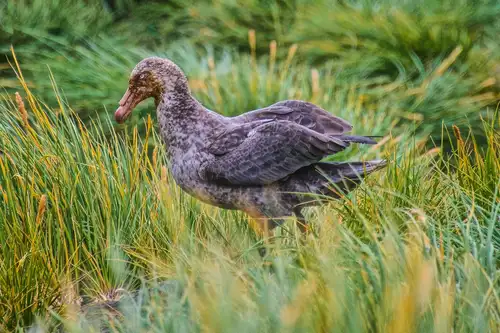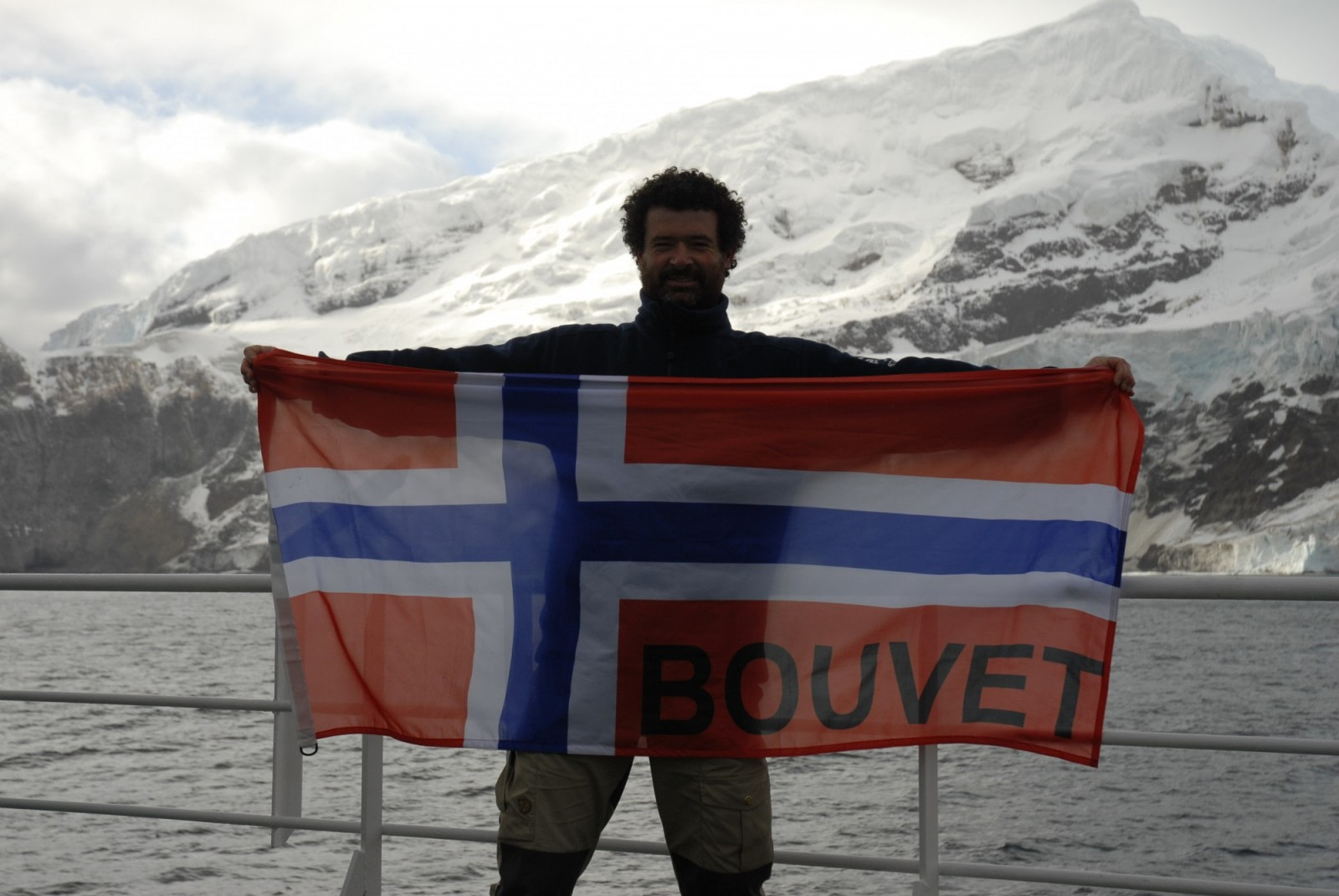On January 1, 1739, French Commander Jean-Baptiste Charles Bouvet de Lozier made an extraordinary discovery: a volcanic island so remote that it lies 2,600 km (1,600 miles) from the nearest inhabited land.
This island would later be named Bouvet Island.
While there are many uninhabited islands around the globe, Bouvet Island stands out for being almost entirely covered by a glacier. Only about 7 percent of its 49 square km (19 square miles) is glacier-free, with an inactive volcano filled with ice at its center. The initial discovery of Bouvet Island was thrilling, though its coordinates were inaccurately reported at first sighting.
This error caused Bouvet Island to be lost until British whaler James Lindsay rediscovered it in 1808. There were several disputes over the island’s name and which nation should control it, but Norway was ultimately granted sovereignty in 1930.
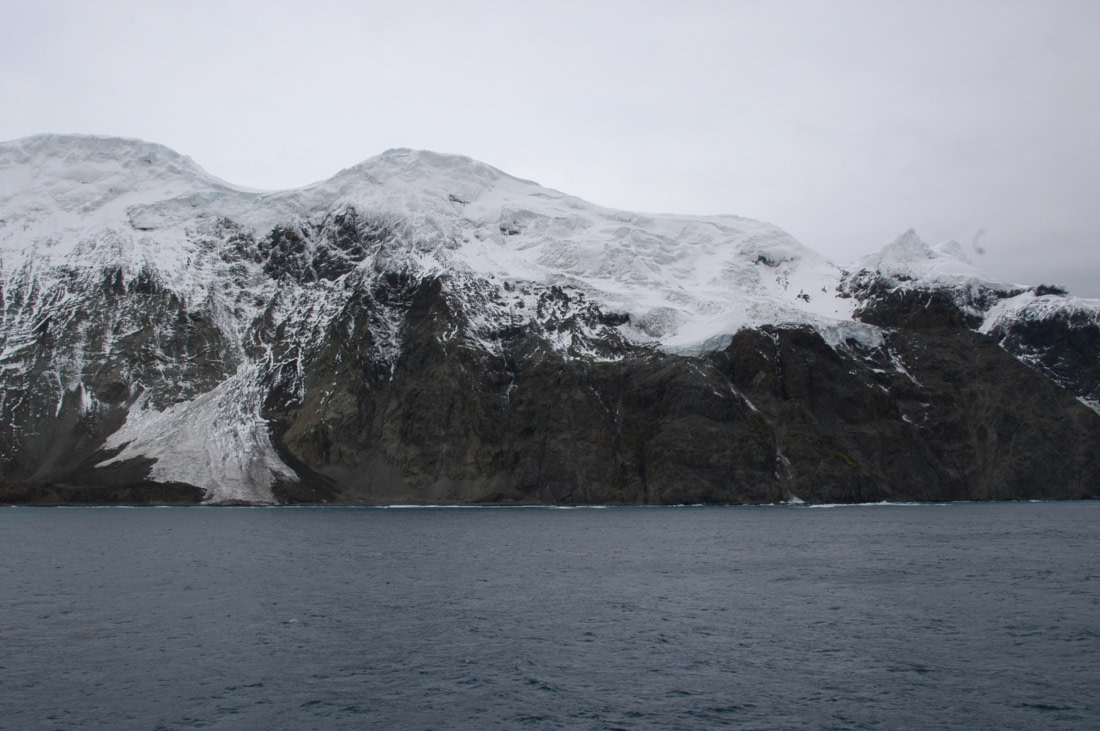
The modern mystery of Bouvet Island
Due to its remote location, Bouvet Island has never become a popular destination.
Thus, it was surprising when an abandoned lifeboat was found moored there in April 1964. This discovery prompted an investigation of Bouvet Island, but no trace of human life was ever found.
Interestingly, the placement of the boat suggests that those who were once on board could have easily reached Bouvet Island, making the absence of evidence even more puzzling and eerie.
Additionally, the boat bore no identifying marks. It seems this modern Bouvet Island mystery is destined to remain unsolved.
Fictional approaches to Bouvet Island
Given its remote location, unknown early history, and the mystery of the abandoned lifeboat, Bouvet Island has captured the imagination of many writers.
To date, Bouvet Island has been the setting for at least three books and one movie, including the 2004 film Alien vs. Predator.
In this film, the screenwriters used the island’s proper Norwegian name, Bouvetøya. However, the island depicted in the movie is actually far from the real Bouvet Island.
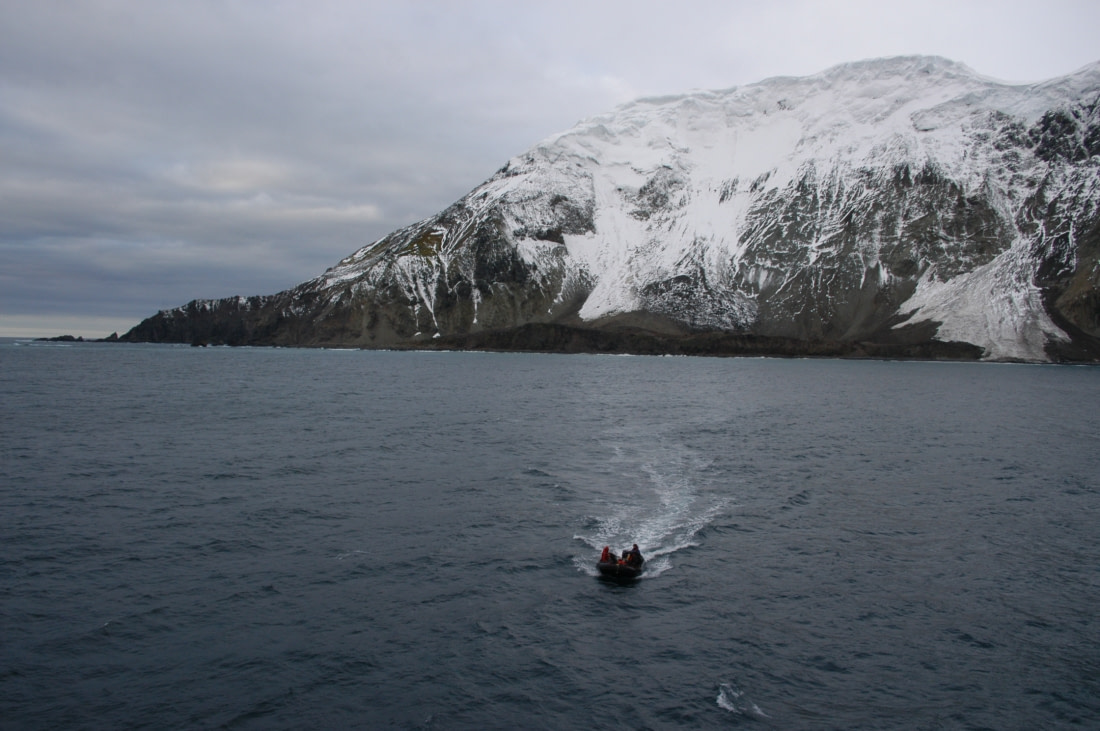
Bouvet Island’s where and what
Bouvet Island is situated at the far southern end of the Mid-Atlantic Ridge and was officially designated a nature reserve over 40 years ago.
The northwestern part of Bouvet Island, known as Nyrøysa, is the only area where people can easily access the island. This region is mostly ice-free and hosts a weather station.
Bouvet Island’s northwestern section is also quite rugged, featuring gravel, lava stone, and boulders.
Many researchers have worked in the Nyrøysa area: From 1996 to 2006, there was a field station located there, but it was destroyed in an earthquake.
The wildlife and plant life of Bouvet Island
Bouvet Island is a great place to observe penguins and fur seals, particularly chinstrap penguins and macaroni penguins.
The macaroni penguin is one of the most common penguin species globally, easily identifiable by its distinctive orange plumes. These migratory penguins primarily feed on crustaceans and prefer breeding in rocky slope areas.
This makes Bouvet Island an ideal habitat. Indeed, over 4,500 macaroni penguins reside on Bouvet Island.
The number of chinstrap penguins on Bouvet Island is much smaller, last recorded at just over 400. However, their modest numbers on Bouvet Island do not reflect their global population: There are estimated to be at least 7 million pairs of chinstraps worldwide.
Chinstrap penguins are easily recognized by the thin black band under their beaks.
Several other bird species can be seen on Bouvet Island, earning it the designation of Important Bird Area by BirdLife International. Snow petrels, black-browed albatrosses, and Antarctic prions are among the most notable.
As for marine wildlife, Bouvet Island hosts a large population of orcas (killer whales) and humpback whales relatively close to shore.
With its rich mix of penguins, seabirds, and marine life, Bouvet Island is an intriguing destination for wildlife enthusiasts. Plant lovers will also appreciate Bouvet Island’s algae, mosses, and at least one species of mushroom.
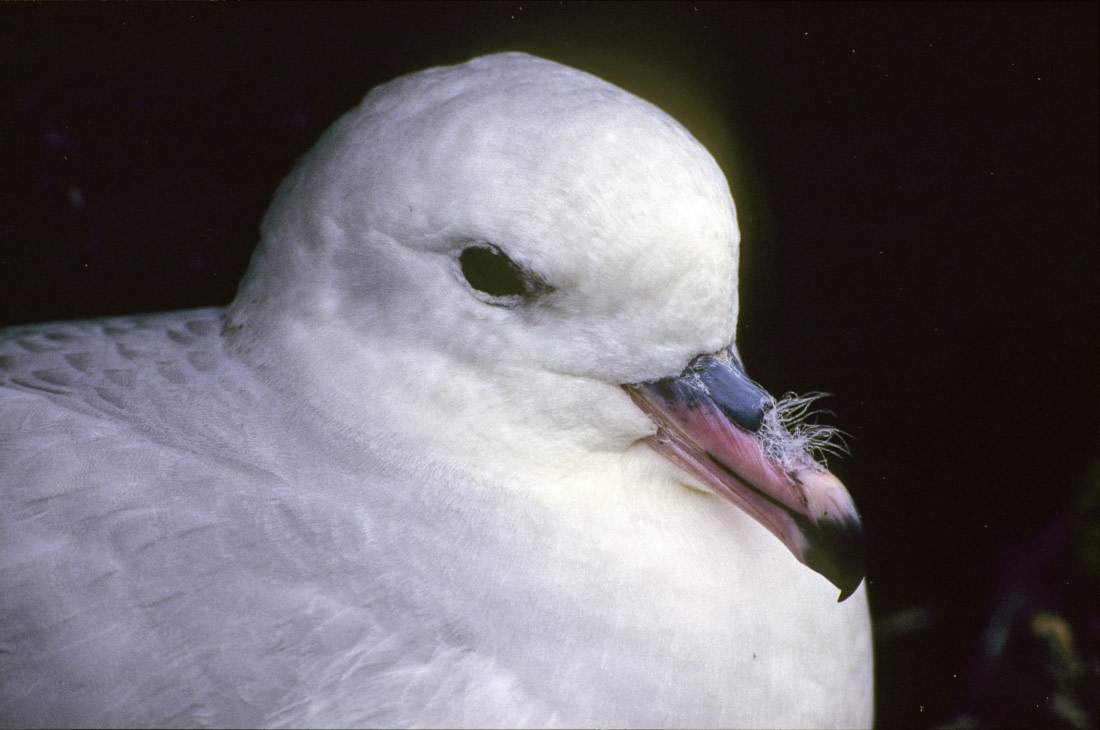
Visiting Bouvet Island
One of the many perks of visiting places like Bouvet Island is the chance to see areas with little to no infrastructure, something increasingly rare in the modern world. This makes for a once-in-a-lifetime expedition that truly allows you to escape from everyday life.
Blog


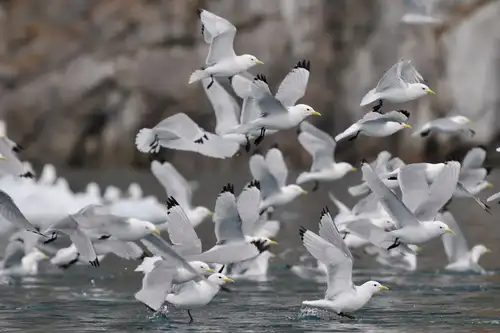
Five Birds You Might See on Your Greenland Cruise
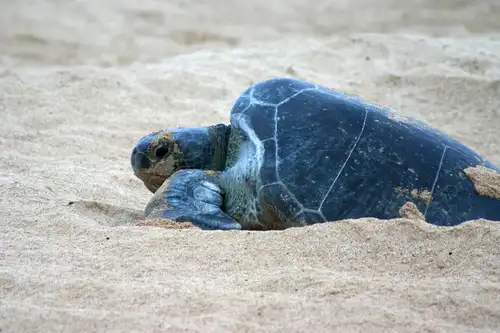
Going Green: Ascension Island Sea Turtles
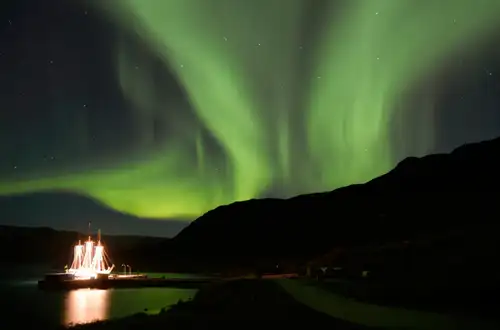
The Northern Lights dancing across the skies
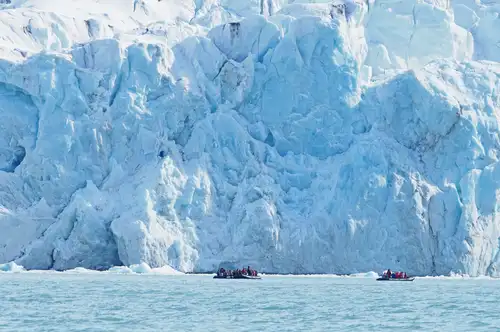
Get to Know Your Ice
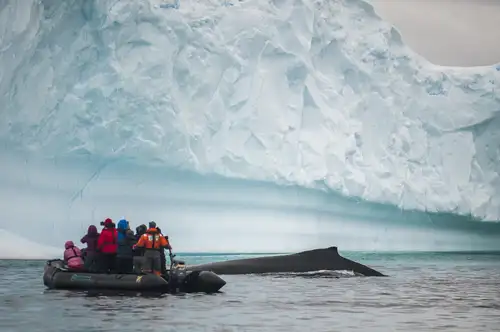
A Day of Whale Watching in Antarctica
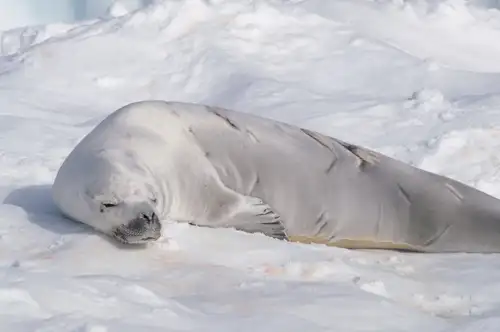
Six Facts About the Crabeater Seals of Antarctica
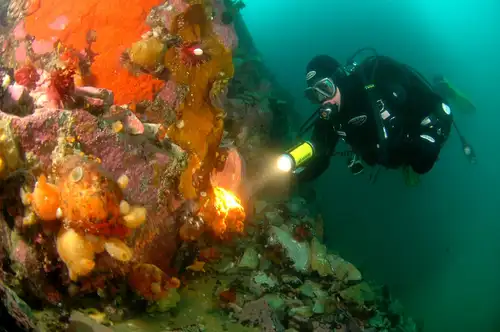
Diving in Antarctica: The Ultimate Underwater Experience
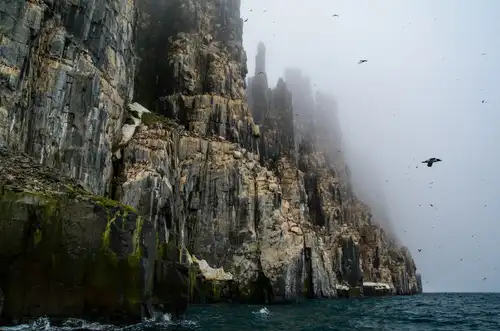
Spitsbergen: Alkefjellet magic
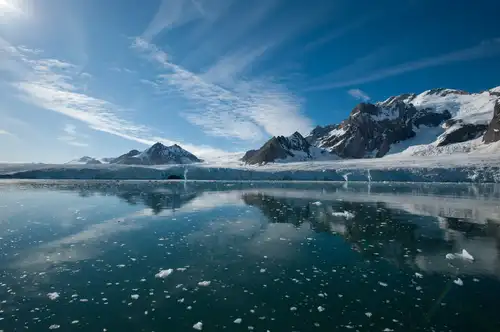
A Bug’s Life in Svalbard
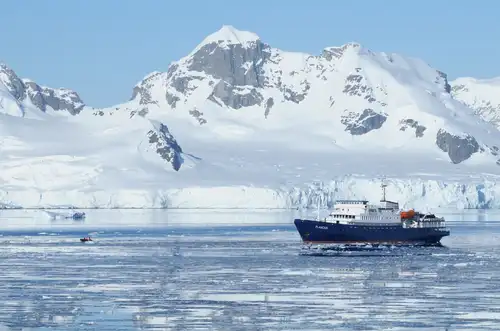
The Ultimate Traveler’s Guide to the Arctic and Antarctica
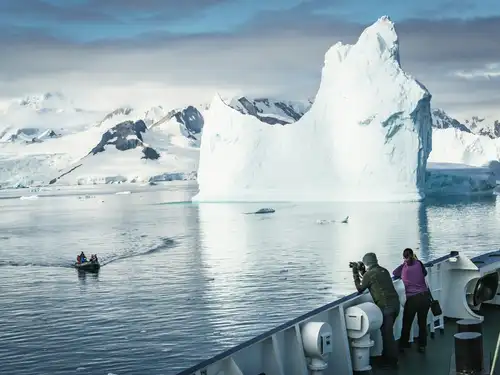
Antarctic Explorer’s Voyage
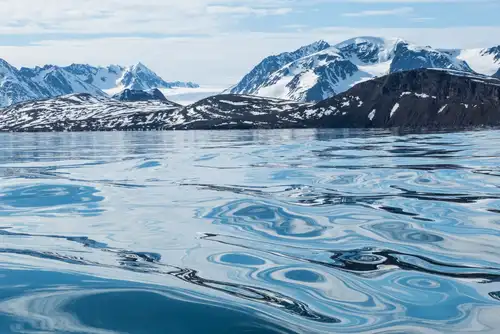
Freshwater ecosystems in the Arctic
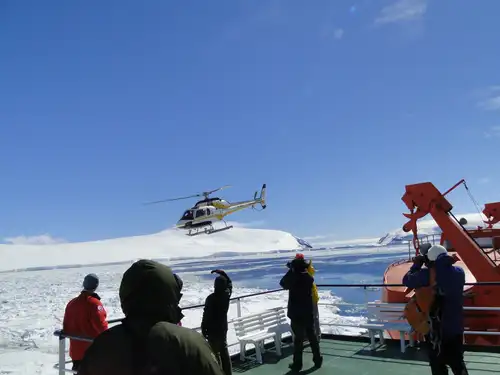
The Wonderful Weddell Sea: Places, Pics, and Impressions
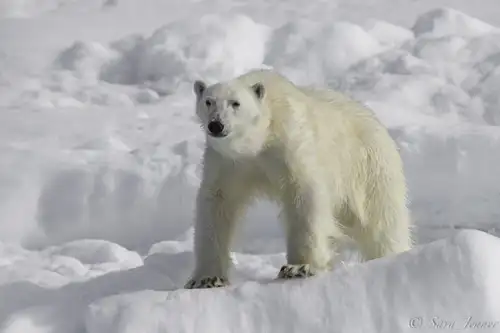
International Polar Bear Day

Earth vs. Mars: Polar Regions Compared
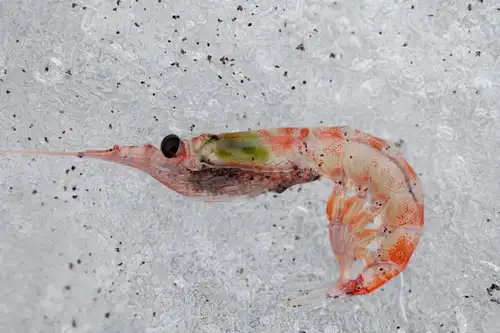
Antarctic krill: Antarctica's Superfood
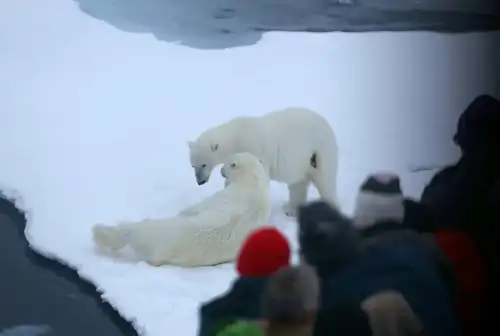
The Pack Ice and Polar Bears of North Spitsbergen
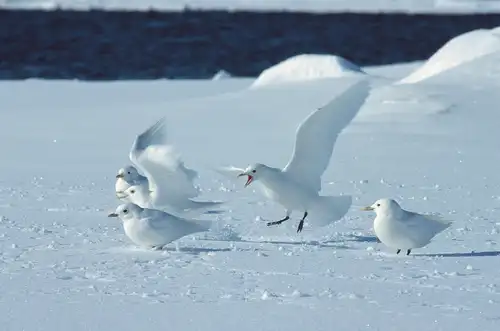
Birds of the North: 29 Arctic Birds and Seabirds
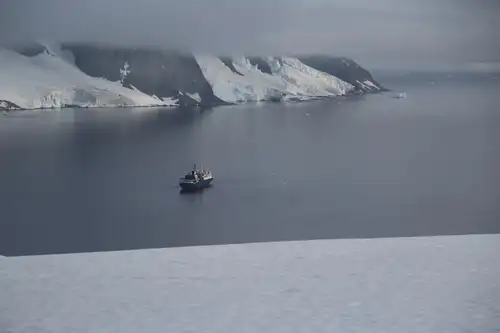
The Most Enchanting Antarctica Cruise Islands
